
Enzymatic vs. Physical Exfoliants: A Comprehensive Guide
Exfoliation is a crucial step in any skincare routine, helping to get rid of dead skin cells and reveal a brighter, smoother complexion. With endless choices on the market, choosing the right type of exfoliant can be overwhelming—starting with the choice between enzymatic and physical exfoliants. Understanding the differences, benefits, and potential drawbacks can help you select the best one for you!
Enzymatic Exfoliants
Enzymatic exfoliants use natural enzymes derived from fruits or other sources that dissolve dead skin cells. These enzymes work by breaking down the proteins that hold skin cells together, making it easier to remove them from the surface. Some of the most common enzymes used in skincare are:
- Papain from papaya
- Bromelain from pineapple
- Pumpkin enzyme
So, what makes them so good for our skin? Keep reading!
Gentle on the Skin: Enzymatic exfoliants are typically less abrasive than physical exfoliants, making them an excellent choice for sensitive or irritated skin.
Even Exfoliation: These exfoliants provide a more uniform exfoliation across the surface skin's surface work without manual scrubbing.
Hydration: Certain enzymes have the ability to boost skin hydration while shedding dead skin
Skin Texture: Enzymatic exfoliants help smooth rough skin and refine its texture by gently dissolving dead skin cells, leaving a more polished appearance.
Skin Renewal: By encouraging cell turnover, enzymatic exfoliants promote skin regeneration, leading to a brighter and more youthful complexion.
My favourite lately is the Enzymatic Fruit Exfoliant - Illuminate by France Laure. By using it once or twice a week for the past few months, the powerful enzymatic ingredients actually work on my skin.
That being said, it’s important to be fully informed and know what to expect when introducing any new ingredients to your skincare regimen. Here are some of the potential drawbacks of enzymatic exfoliants:
Slower Results: Enzymatic exfoliants may take longer to show noticeable results compared to physical exfoliants—though personally, I think it’s worth the wait!
Potential for Irritation: While generally gentle, some individuals may still experience irritation if they have very sensitive skin or the product is too concentrated.
Physical Exfoliants
Physical exfoliants involve the manual removal of dead skin cells through friction. These products typically contain small, gritty particles that physically scrub away dead cells from the skin's surface. Some of the most common physical exfoliants include:
- Scrubs with ingredients like salt or sugar
- Manual or electronic exfoliating brushes
- Pumice stones for rough areas like elbows and feet
Here’s what you can expect from a physical exfoliant:
Immediate Results: Physical exfoliants can provide instant smoothness and glow by directly removing dead skin cells.
Customizable Exfoliation: You can control the intensity of the exfoliation based on how vigorously you use the product.
Again, it is important to be aware of potential drawbacks:
Risk of Over-Exfoliation: If used too frequently or with too much pressure, physical exfoliants can damage the skin's barrier, leading to irritation, inflammation, or other skin issues.
Not Ideal for Sensitive Skin: Those with sensitive or acne-prone skin may find physical exfoliants too harsh, potentially exacerbating their conditions.
Choosing the Right Exfoliant for Your Skin Type
Sensitive Skin: Enzymatic exfoliants are generally the better choice. They offer a gentler approach without the physical abrasion that can cause redness or irritation.
Oily or Acne-Prone Skin: Physical exfoliants can help remove excess oil and unclog pores, but it's crucial to choose one with fine particles—such as this Gommage by YonKa —and use it sparingly to avoid aggravating acne. Enzymatic exfoliants can also be beneficial for their gentle yet effective impact.
Dry or Aging Skin: Both types of exfoliants can be beneficial, but enzymatic exfoliants are often preferred for their hydrating properties and ability to improve texture without excessive abrasion.
My personal recommendation is to lean into enzymatic exfoliants for the majority of your regimen while using physical exfoliants sparingly on the face, with a focus on the T Zone.
When it comes to body care, I tend to lean into physical exfoliants way more, revealing that instantly smoother skin after my shower.
Before we take off, let’s review key steps to use exfoliants effectively and reap their benefits to their full potential:
Frequency: Exfoliate 1-3 times a week, depending on your skin type and the strength of the exfoliant. Over-exfoliation can lead to skin sensitivity and imbalance.
Application: Follow the instructions on your exfoliant product. For physical exfoliants, apply with gentle pressure and avoid scrubbing too hard. For enzymatic exfoliants, leave the product on for the recommended time before rinsing.
After Care: Always follow exfoliation with a moisturizer to replenish hydration and protect the skin's barrier. Applying sunscreen during the day is also crucial, as exfoliated skin can be more susceptible to sun damage.
Now that you better understand the benefits and drawbacks of each type, you can make an informed decision and achieve a healthier, more radiant complexion.
Happy exfoliating :)
Gabriella

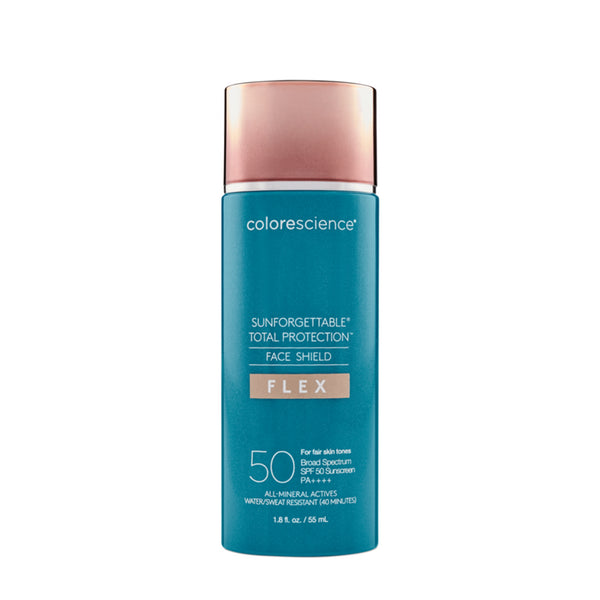
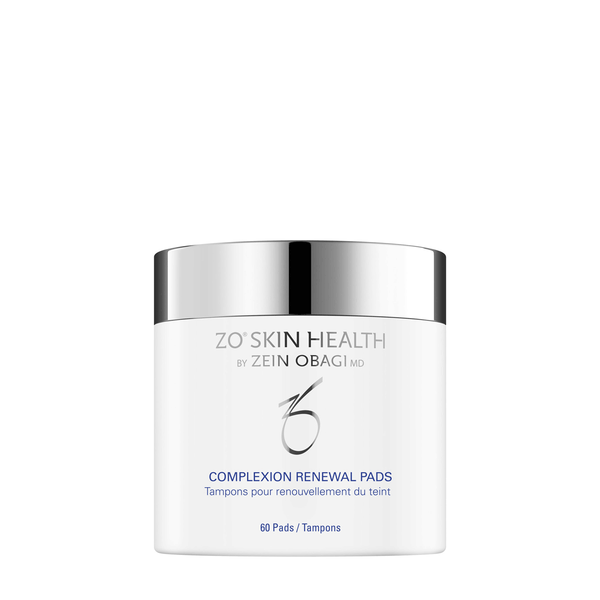
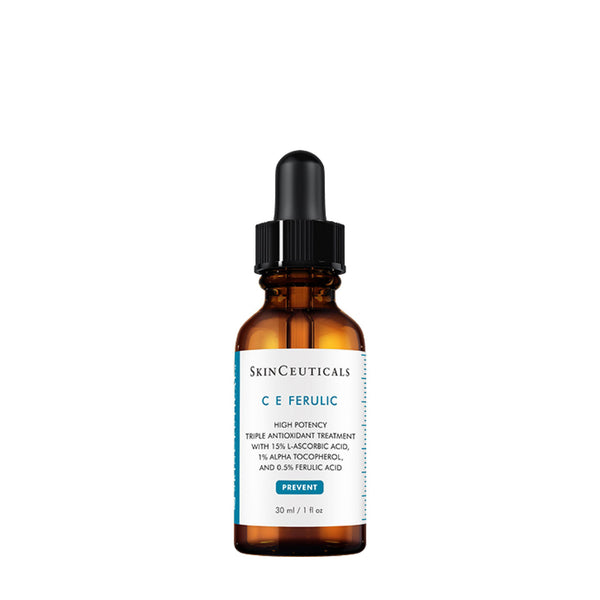
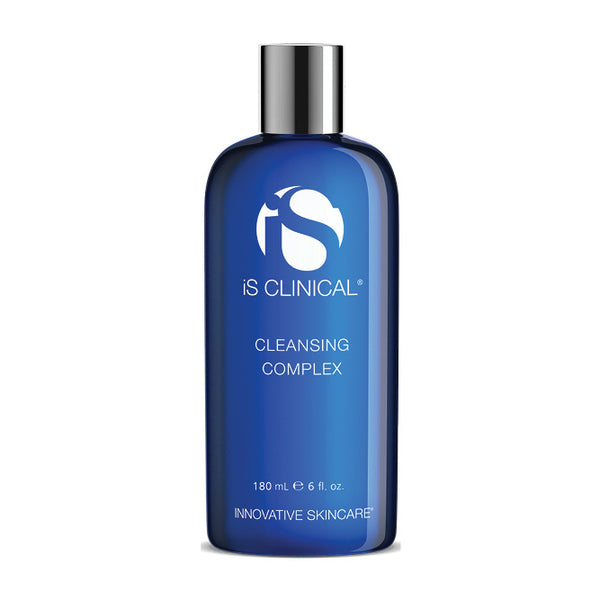
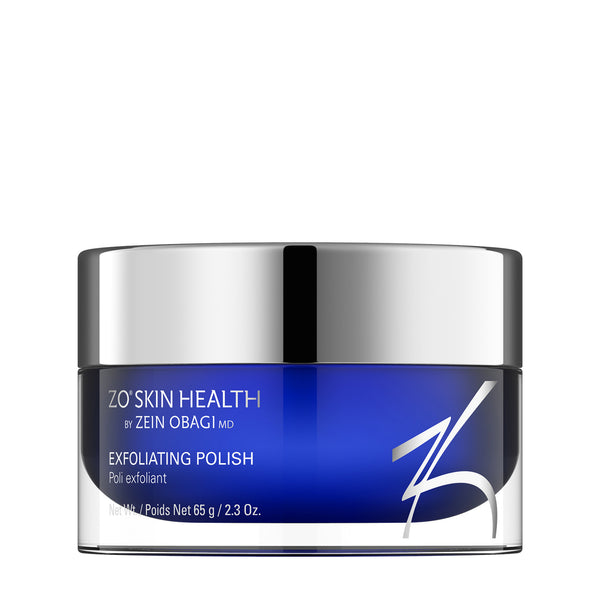




Leave a comment